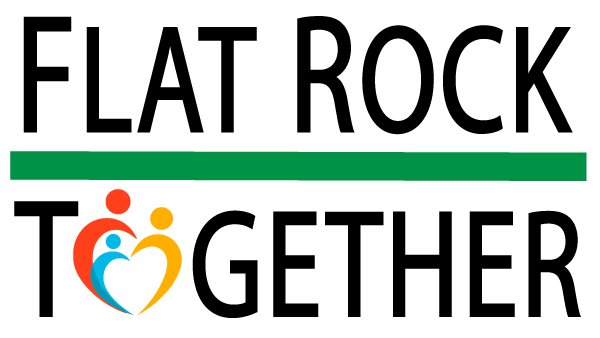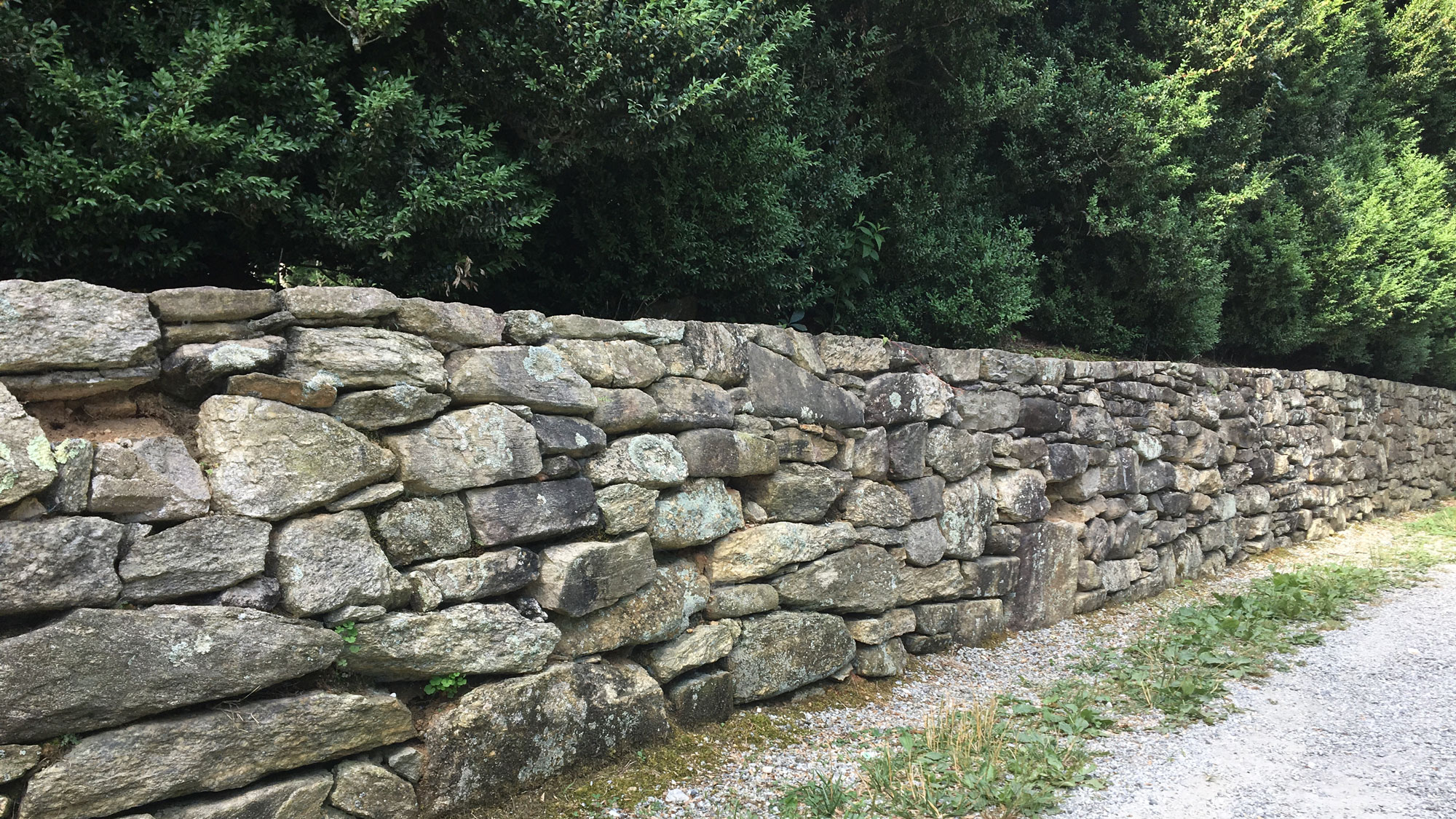Sandburg’s Canine Friends
/Sandburg’s Canine Friends in Illinois: From Prince to Prints
Carl and Paula Sandburg lived in rented spaces across Wisconsin during the first years of their marriage. In 1916, they borrowed $500 for a down payment on a house in suburban Maywood, Illinois. The house had a yard, space for a garden and fruit trees, and marked the arrival of a family dog. This first pet, an Irish Setter named Dan, was a gift from the wife of a literary friend and dog breeder, Mrs. William Vaughn Moody. Sandburg swore that Dan had “as immortal a soul as any of us: he’s a marvelous listener.” The poem “Dan” in Smoke and Steel was written about him.
Dan
EARLY May, after cold rain the sun baffling cold wind.
Irish setter pup finds a corner near the cellar door, all sun and no wind,
Cuddling there he crosses forepaws and lays his skull
Sideways on this pillow, dozing in a half-sleep,
Browns of hazel nut, mahogany, rosewood, played off against each other on his paws and head.
After losing Dan a few years later, Sandburg wrote Mrs. Moody, “If you get hold of a setter, sheep dog, collie, German police dog, mastiff, Danish bloodhound, or any dog spotted or unspotted that growls at strangers and is good to children—bring him along.” Dan’s replacement named Bimbo was tragically run over by a car near the Sandburg’s second home in nearby Elmhurst, Illinois.
Sandburg liked to write upstairs and needed quiet to concentrate. He recalls that when, on the floor below, the barking of their newest dog, Pooch, joined the squeals of laughter from the three Sandburg girls, he stamped on the floorboards and yelled “Pipe down!” This tactic did reduce the length of Pooch’s vocal performance.
Sandburg noted, however, that he, “will never learn to stop his passionate enjoyment of scaring people by rushing them with his terrible eyes and teeth.” Sandburg speculated that Pooch, “must have seen himself sometime in a magnifying mirror so that he imagines he is six or seven dogs in one.”
Lilla Perry, author of My Friend Carl Sandburg, shares that another dog acquired in Elmhurst had an interesting change of name, from Prince to Prints. Sandburg felt that with a dog called Prince “we wouldn’t be quite at home with royalty.” He reasoned that changing the name to Prints was more appropriate for an aspiring newspaper reporter and poet who desired to be in print.
Sandburg’s Canine Friends in Michigan
Sandburg’s Abraham Lincoln: The Prairie Years brought financial reward enough for the family to move to the Michigan town of Harbert, directly across Lake Michigan from Chicago. In their new home, Paula Sandburg took steps to accommodate their canine family members by installing linoleum on the floors so the dogs could run in and out freely.
During a visit by her brother Edward Steichen–world-famous photographer and owner of Irish wolfhounds–Paula took the photo above of Helga, Uncle Ed, Bosco the dog, Carl, and Janet (their second daughter), “with tongues out panting and our paws…before us in the warm sand.”
The Sandburg’s dog tribe in Michigan waxed and waned in numbers. Helga recalls that two young red Irish Setters called Dan and Cullie, “go up into his study on the third floor and lie about there. And when he comes down in the evenings, singing on the stairs, he is preceded by their wild delighted barking.” The dogs joined the family on their walks, and they quickly learned to retrieve the sticks Sandburg threw.
Helga loved to include the family dogs in her childhood fantasies. She writes,
She is Tarzan (not Jane) and Dan, Cullie, and the rest of the dogs are lions pacing at her side. Trotting through the woods again, she is Mowgli, and they are Akela’s clan of wolves hunting Shere Khan. She will join a circus and all the dogs now shake hands, roll over, jump through hoops, sit on pedestals, or stand on tree branches.
In winter, Helga hitched the dogs in a tandem team to haul a toboggan over the ice floes of Lake Michigan. For Helga, this is Jack London’s frozen North and Jack is Buck.
In a tribute to Jack London and the dogs London immortalized, Sandburg wrote Dogheads:
Dogheads
AMONG the grassroots
In the moonlight, who comes circling,
red tongues and high noses?
Is one of 'em Buck and one of 'em
White Fang?
In the moonlight, who are they, cross-legged,
telling their stories over and over?
Is one of 'em Martin Eden and one of 'em Larsen the Wolf?
Let an epitaph read:
He loved the straight eyes of dogs and the strong heads of men.
In 1939, when Helga was a student at Michigan State College, Sandburg wrote to Helga about Jon, her great Dane puppy. “All reports as to Jon are good. Jon is coming strong, in color and grace and disposition.” Sandburg shares that he walks Jon every day and notes that “when he comes down or goes upstairs his legs and paws fumble and he waddles and waggles.” Sandburg thinks that “Jon is going to rate as the best dog we have ever had.”
However, Helga shares that when she returned from college she found, “her Great Dane pup, Jon, grown huge, and since he had no training while she had been away, quite unpredictable.” One evening when the family was sitting at the dinner table, some abrupt movement from Margaret (the eldest daughter) caused Jon to snarl and leap at her, lacerating her arm. As Helga ran forward to punish the dog, she could hear her sister’s cry, “Don’t hit Jon. He didn’t know what he was doing. I shouldn’t have moved so suddenly.”
Sandburg’s Canine Friends in North Carolina
The Sandburgs brought their shaggy black cocker spaniel with them when they moved to North Carolina, and soon added more canines. Their home now included miles of hiking trails around lakes and up to Little Glassy and Big Glassy Mountain peaks.
Granddaughter Paula in her memoir, My Connemara, writes, “The children and the dogs circle us, climbing up and down the rock faces, as we climbed Big Glassy.” Paula also recalled a visit by a famous folk singer with her dog: “Jean Ritchie coming through with a slender greyhound, Lady Gray, seemed a wonder to me alongside my amiable black cocker, Hannah.”
A Doberman Pinscher puppy, Lief, was brought home from a trip to Florida, and for a while, Helga raised this breed commercially. Lief was joined by a rescue dog from a local veterinarian—Christopher, a Great Dane. Granddaughter Paula recalls that the family “became fond of him and of his clownish way of climbing onto the leather sofa and stretching his lanky body its full measure.” Christopher “was gentle, playful, and…Lief, accepted him with grace.”
The two were constantly at Helga’s side, accompanying her to town, the barn, and the surrounding pastures as she cared for the Sandburgs’ herd of goats. But this union was not to last. “It was incredible to see one day in the autumn-blown buck pasture, a pattern of bodies strewn before her, necks broken and bleeding—and Christopher still pursuing the few survivors.” The next day Christopher was returned to the veterinarian. Granddaughter Paula recalls that “Lief who had watched the killings with a puppy’s fascination, was punished, too, as if he had done the deed himself, so afraid was Helga that he might be tempted to emulate what he had seen.”
Sandburg understood the inherent potential of wildness that dogs inherit from their ancestor, the wolf, as well as the animalistic forces that reside in humans. He writes in Wilderness:
There is a wolf in me . . . fangs pointed for tearing gashes . . . a red tongue for
raw meat . . . and the hot lapping of blood—I keep this wolf because
the wilderness gave it to me and the wilderness will not let it go.
—
Painting by Helga Sandburg
By 2020, it had been over 50 years since the Sandburg dogs lived on the farm. But now, greater numbers of dogs are walked each day along the same trails previously enjoyed by the Sandburg family. All sizes and breeds come. Some folks visit the park only occasionally, but others bring their dogs on a regular basis–a few so frequently that park staff and volunteers call them by name.
—
John Quinley is the author of Discovering Carl Sandburg: The Eclectic Life of an American Icon and is a former docent at the Carl Sandburg Home National Historic Site in Flat Rock, North Carolina. You may contact John at jwquinley@gmail.com.







